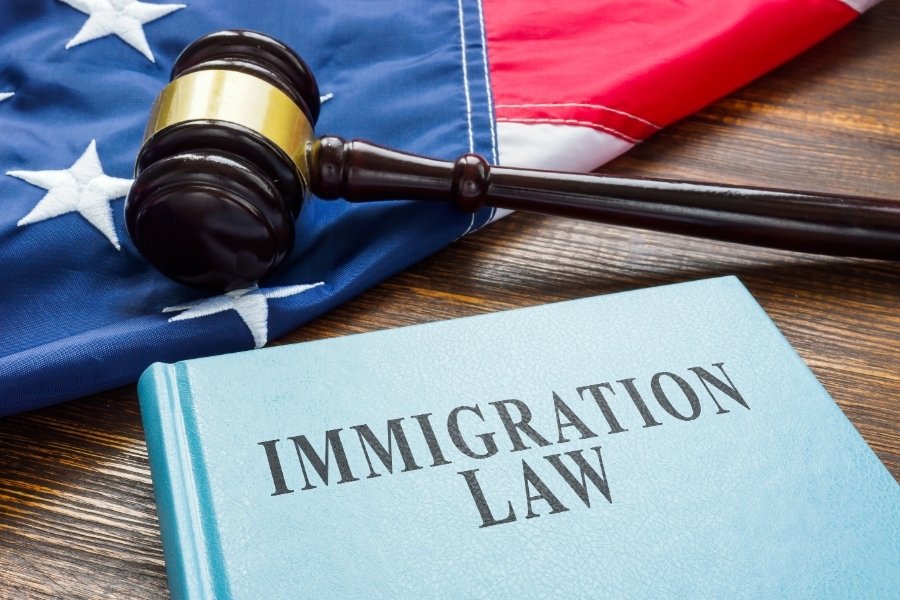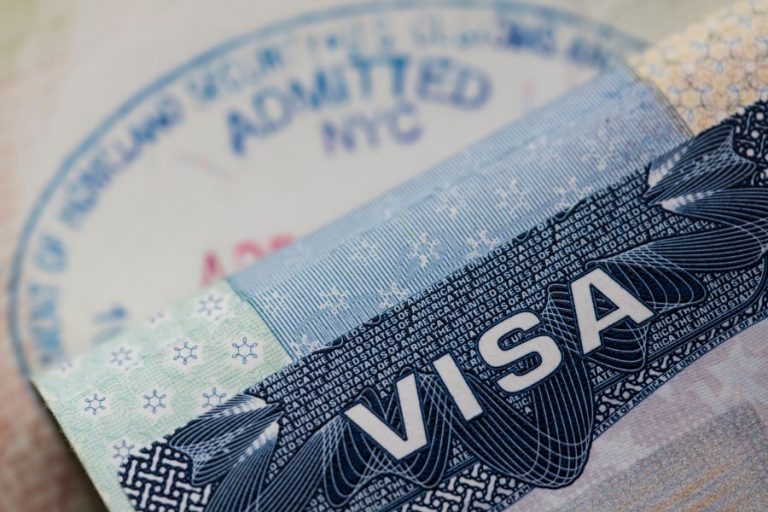What Makes an Immigration Application “Strong”? Insider Tips Beyond the Basics
Why Meticulous Applications Win
A strong immigration application is both clear and convincing. It demonstrates eligibility while making it easy for an officer to understand your story. When forms are error-free, facts are consistent, and documentation is thorough, you reduce the likelihood of delays or Requests for Evidence (RFEs). Every detail—from how your forms are signed to how your evidence is labeled—adds to the impression of credibility. A well-prepared application doesn’t just meet the basic requirements; it anticipates questions before they’re asked.
Foundation: Accuracy and Completeness
The first measure of a strong application is precision. Use only the latest USCIS or State Department forms, confirm the correct filing fee, and review each entry for accuracy. Even small mistakes—misspelled names, inconsistent dates, or blank sections—can slow processing or cause denials. Before filing, compare every form and exhibit to ensure that the information matches across all documents. This consistency builds trust and signals that the application was carefully prepared.
Common errors often stem from rushing the process: missing signatures, outdated forms, or incorrect payment methods. Taking the time to double-check every detail before submission is far less costly than responding to an RFE later.
Comprehensive Documentation
Beyond accuracy, strength lies in documentation. Think of your evidence as the scaffolding of your story—each piece supports the next. For most applications, you’ll need identification documents, proof of status, and evidence showing eligibility for your category. Family-based cases benefit from tangible proof of the relationship, such as photos, shared financial accounts, and affidavits from people who know the couple well. Employment or investment-based petitions require business plans, contracts, and financial statements that verify the legitimacy of the enterprise.
Rather than flooding the officer with paperwork, focus on relevance and organization. Include a concise index or cover letter that guides the reviewer through your submission. When your evidence is easy to follow, your case is easier to approve.
A strong evidence packet typically includes:
- Identification and immigration status documents (passport, visa, I-94, prior approval notices)
- Proof of relationship or employment eligibility (marriage certificates, pay records, business plans, or employer letters)
- Financial documentation (tax returns, bank statements, affidavits of support)
- Any additional material showing stability and good moral character (letters from employers, teachers, or community leaders)
Persuasive Supporting Evidence
Persuasive evidence strengthens what the forms alone cannot express. Affidavits from credible sources—employers, mentors, or community leaders—carry weight when they contain specific details about your achievements and character. Applicants can also demonstrate “good moral character” with clean background checks, tax compliance, volunteer work, and references that reflect integrity.
For employment or merit-based cases, show tangible proof of your value: promotions, job offers, awards, patents, or media coverage. Each piece of evidence should contribute to a consistent narrative about who you are and why your request benefits the community or the U.S. economy.
Demonstrate Ties and Eligibility
A well-documented case also demonstrates your connection to either your home country or your U.S. community, depending on your visa type. Temporary visa applicants should show they have compelling reasons to return home, such as stable employment, property, or close family relationships. Those applying for permanent residence or citizenship must instead emphasize continuous residency, good conduct, and adherence to all requirements.
Your documents, application statements, and interview answers must align. Inconsistencies, even small ones, can undermine credibility. The strongest applications tell one clear, honest story from start to finish.
Proactive Preparation to Avoid Delays
Timing and organization often make the difference between a smooth approval and a stressful delay. Filing early allows time to fix minor issues and gather extra documentation if needed. It also helps applicants avoid the rush that leads to mistakes. A well-organized packet—with a table of contents, labeled exhibits, and a short summary letter—shows professionalism and respect for the officer’s time.
Applicants who anticipate likely questions or RFEs often fare better. For example, those applying through marriage can include detailed evidence of their life together, while entrepreneurs should document business viability upfront. Anticipating these needs signals foresight and seriousness.
To minimize delays:
- Submit applications as early as possible and track delivery dates.
- Use a clear organizational system with labeled exhibits and a summary letter.
- Include documentation that answers predictable questions before they’re asked.
Avoiding Common Pitfalls
Many delays and denials come down to preventable missteps: submitting outdated forms, omitting required pages, or including inconsistent information. Some applicants fail to provide certified translations for foreign documents, or they send originals instead of copies when not required. Others ignore official instructions and rely on online forums for advice. Each of these choices can compromise an otherwise strong case.
Keeping copies of everything you file—digital and paper—provides protection if anything is lost or questioned. Always confirm that you’re following the latest version of USCIS or State Department guidance before sending in your application.
The Value of Professional Guidance
Even the most diligent applicant can miss small details that make a big difference. Immigration attorneys understand the nuances of each visa category and can catch red flags before submission. A professional review can strengthen your narrative, fill documentation gaps, and prevent common errors that lead to costly RFEs. For complex or high-stakes cases, this guidance can be the deciding factor between approval and denial.
Our Pro Tips
What if I receive a Request for Evidence (RFE)? Read it closely and respond only to what’s asked. Address each item directly, organize your response with clear labeling, and provide exactly the documents requested.
Do I need to send original documents? In most cases, copies are acceptable unless specifically asked otherwise. Always include certified translations for documents in another language.
How can I manage a large application? Begin with a concise cover letter and table of contents, then group documents by type or relevance. Simplicity and clarity make your case easier to review.
Do photos and affidavits really matter? Yes—when they’re specific, time-stamped, and corroborated by other records. Treat them as supporting details that tie your story together, not as filler.
Building Confidence in Your Application
Strong applications stand out because they are consistent, well-organized, and fully documented. They balance precision with persuasion, anticipating what officers need to see before they ask for it. Whether you’re filing a family petition, a work visa, or a green card application, careful planning—and when necessary, professional review—can turn a good case into a strong one.







